Seele | Leading the Blockchain 4.0 Charge
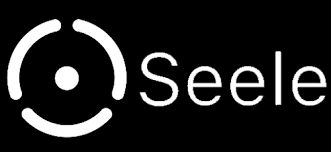
INTRODUCTION
This post is for a general audience. The Seele project may be difficult to understand for the majority of non-technical audience readers. My goal is to help readers understand the Seele project by describing and summarizing their technical solutions in a way that is easy to digest. However, consider this fair warning: what I describe is how I understand it, and it may not hit the mark completely.
If you are looking for deep technical explanations then I suggest that you read their whitepaper and/or reach out to a moderator on their Telegram group.
Seele is a self-proclaimed Blockchain 4.0-level technology. What this means is that Seele believes that their technical solutions are a significant deviation from Blockchain 3.0 solutions (EOS, ArcBlock, see illustration below) to be thought by the crypto community as an entirely new level.
Whether or not Seele is actually 4.0 isn’t relevant, and out of scope, for this post. Hopefully this post will help readers make that determination and decide if Seele is the next evolutionary step for blockchain architecture frameworks.
HOW WE GOT HERE: WHY SEELE EXISTS
To understand why Seele is the future, you first have to look at the past.
The cryptocurrency that started it all, Bitcoin (BTC) is technically sound, but it doesn’t scale well and isn’t really designed to perform at a level for that everyday commerce requires. BTC’s long transaction times are legendary and nowhere near what it needs to be to displace existing fiat currencies for commerce.
Ethereum changed the game by introducing smart contracts to blockchain transactions. That opened the door for all types of businesses to build their decentralized applications (DAPPs) on Ethereum or whatever platform best suits their needs. However, the popular game, Crypto Kitties, exposed Ethereum network’s susceptibility to overcrowding and performance suffered for everyone using the network. In other words, single-chain frameworks have trouble scaling even with improved consensus. That’s when multi-chain platforms (Blockchain 3.0) started to show up. Unfortunately, these have limitations as well.
Lastly, platforms don’t speak the same language. So the blockchain development is a little wild west right now, until a platform comes along that can unite everyone (Seele perhaps?).
In sum, blockchain areas of weaknesses can be categorized by the following:
- Inability to scale
- Inability to support diverse business scenarios
- Inability to share and exchange assets with other blockchain networks.
Therefore, what we are seeing is a race to design, develop, and bring to market, technical solutions that will remove those areas of weakness without losing ground in other areas such as security and efficiency.
Those areas are largely what is preventing the blockchain industry from making that leap to large scale, mainstream, adoption.
SEELE SOLUTIONS
A number of new blockchain 3.0 DAPP platforms are happy to make strides in a few problem areas such as performance or governance. However, Seele took a holistic approach and looked at blockchain’s core problems and wondered if they could leverage existing solutions. What they found and propose is to solve many of the current problems with protocols that worked for the Internet and applying those to blockchain (Seele calls it “Value Internet Protocols”). The easiest way to explain a protocol is to describe it as a set of rules, instructions, conventions that everyone can understand and use. In other words, Seele is saying that it makes sense to first to agree to talk the same language.
Value Internet Protocols
Problem: Blockchains do not speak the same language. Bitcoin blockchain is unable to connect and communicate with Ethereum blockchain. Not having a set of industry standards and/or protocols is inefficient overall.
Solution: As such, Seele will develop a Value Transport Protocol (VTP), Value HTTP (VHTTP), and Quick Value Internet Connection (QVIC) to realize the naming, discovery, and addressing service of Value Internet assets and entities, to seamlessly integrate with Internet resources to build underlying protocols and infrastructure services for blockchain:
- Value Transport Protocol: VTP is a full set of transport protocols for blockchain and naming conventions.
- Value HTTP: This protocol implements the exchange of values between chains, between on-chain, and off-chain. VHTTP is compatible with HTTP which means users outside the chain can access blockchain assets directly through HTTP.
- Quick Value Internet Connection (QVIC): Every system’s framework has a transport layer that uses protocols to transmit data between the network and application layer. Based on the UDP protocol, QVIC improves the transmission rate, stability, efficiency, and security over traditional TCP and UDP protocols that blockchain networks use.
Neural Consensus Algorithm
Problem: Blockchain consensus is the way new blocks on the chain are agreed upon and created. There are different mechanisms for consensus , each with their strengths and weaknesses. Seele took a look at the current consensus mechanisms and observed that none of them aligned perfectly with scalability, security, and efficiency.
Solution: Seele proposes using what they call a neural consensus algorithm where the higher the degree of participation, the faster the consensus convergence is reached. The larger the node size, the faster convergence and the better the performance. In the 100k node network environment, TPS reached 100k, the transaction confirmation delay decreased to several seconds. This method has several advantages that include security, better efficiency, energy savings, low transmission overhead, adjustable parameters and most of all it is compatible with a variety of network structures.
Seele also notes that a neural consensus algorithm is proposed to improve the fault tolerance from 33% to 40% without any loss of performance compared with the Byzantine Agreement (BA) algorithm
Heterogeneous Forest Network
Blockchain 1.0 & 2.0: Single-chain
Blockchain 3.0: Multi-chain
Blockchain 4.0: Heterogenous Forest Network
Problem: Blockchain 1.0 and 2.0 frameworks such as Bitcoin and Ethereum, work on a single-chain architecture. As more was asked of the blockchain, scaling issues were appearing that lead to performance degradation (transaction times, overcrowding, inability for cross-chain interaction, etc.). Blockchain 3.0 architecture is built on a multi-chain architecture [parallel- and side- chains, etc.). Blockchain 3.0 architecture is all about optimizing the multi-chain framework. However, the downside for these chains are that they are not very flexible for customization. In sum, Blockchain 3.0 has room for more improvement.
Solution: Seele proposes that blockchains adopt a Heterogeneous Forest Network (HFN) structure. I like to think of HFN as the same as a tree structure where the needs (security, governance, access rights, etc.) are organized into layers that make the most sense for any business. The root layer of the tree will be services that everyone needs. The next layer can be branch out according to industry sector (finance, medicine, government, etc.). Under the finance branch banks attach themselves to that chain and use services that makes sense to banks (see illustration below).
SEELE TOKEN
Given that the Seele’s neural consensus algorithm works best with increased participation (based on user contribution, including the number of times consensus has been reached and the number of producing blocks), the SEELE token will be used as an incentive to reward participation in the network and as well as rewarding network node owners for completing transactions through consensus (by collecting transaction fees). The transaction free is similar to Ethereum’s gas, namely by calculating gas costs of the transaction.
ROADMAP
FINAL THOUGHTS
Seele is proof that innovation can move at a blistering pace in a young industry. Blockchain 3.0 platforms are barely on the market and some haven’t even hit the market yet. This tells me that there is a lot of room for improvement within the crypto sector. The prize is being the next Ethereum.
Seele doesn’t just theorize that their ideas work, they have tested and proven their methods are vast improvements above what is currently on the market (see their whitepaper for tests and results). In addition, Seele is partners with some big industry heavyweights: Stanford, UCLA, Oxford and IBM Watson.
I wish I understood the technical details on a deeper level. I would either have a better (or worse) appreciation for the project :) Again, don't take my understanding of Seele as gospel; read their Whitepaper and FAQ because I only hit what I thought were the main topics.
Of what I do understand, Seele looks like a project that deserves to be categorized as Blockchain 4.0 and worth watching their progress in 2018. I hope you make the same determination from my post and follow the Seele project’s progress.
Seele's public main net is slated for Q4 2018.
REFERENCE LINKS
Seele
Whitepaper
FAQ
Telegram
Twitter
CMC
These posts have greater value when you comment. Please share your thoughts with the Steemit community.
Traversing the Cryptosphere,
Kryptonaut (GeneralCryptoZod on Telegram)
Bitcointalk profile: johnnyjj
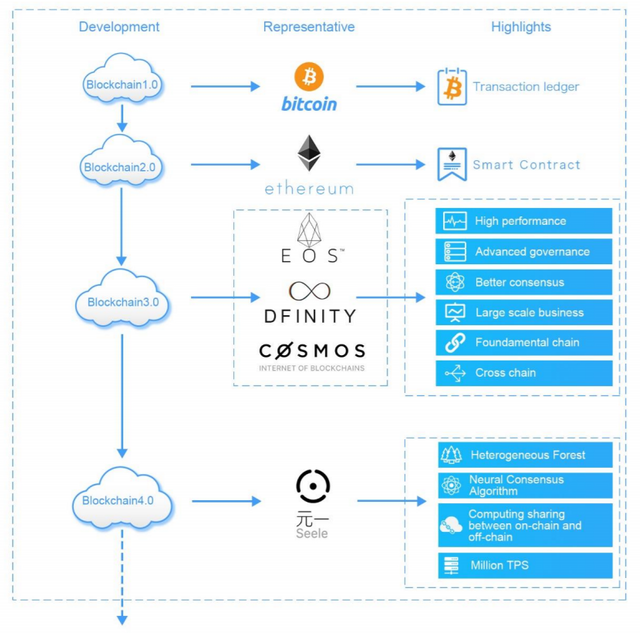
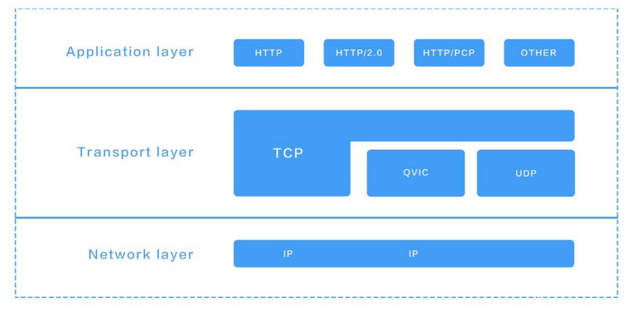
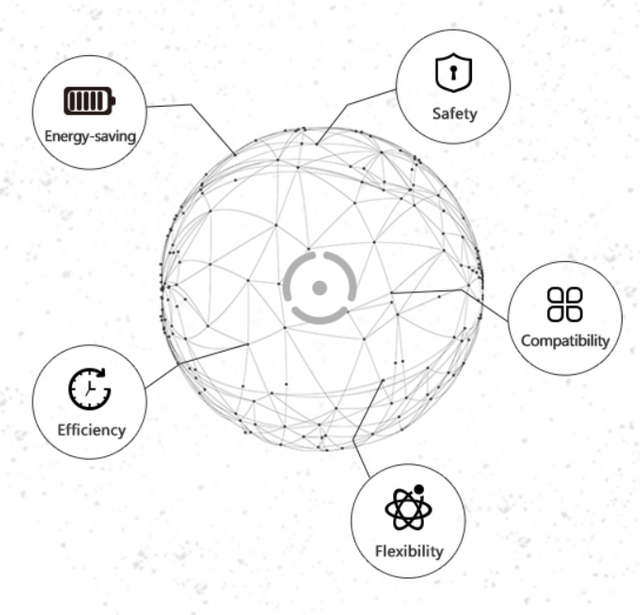

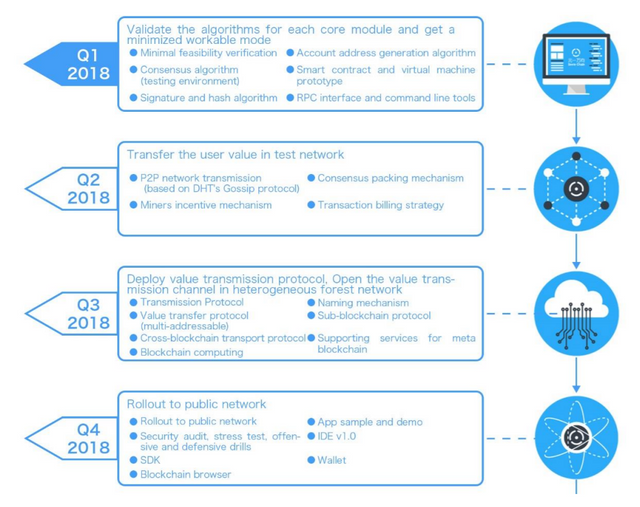
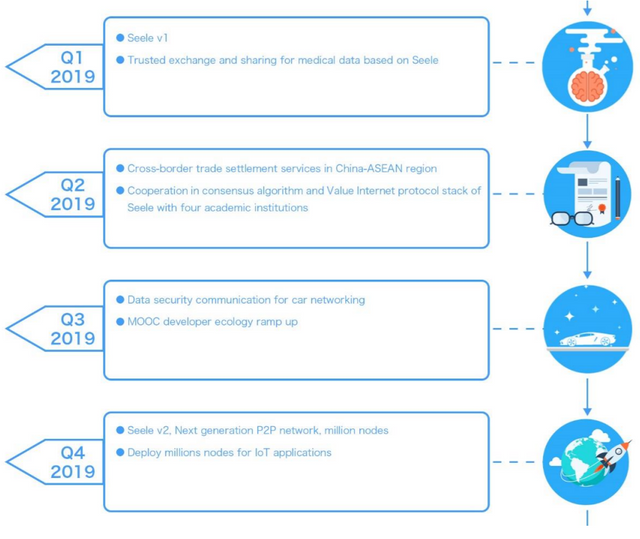
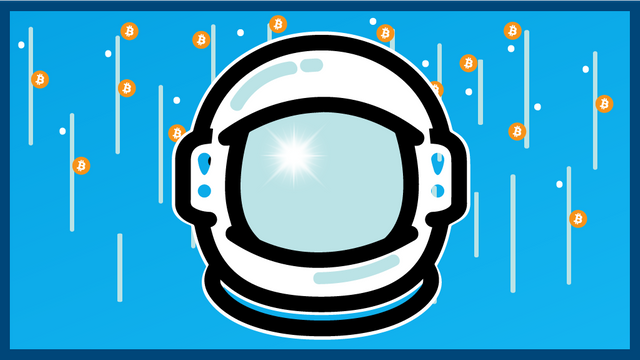
Yes its blockchain 4.0 see is seele it will replace eos like third generation blockchain which is quite good for blockchain technology. Happy to see your post thanks for telling this to us
Finally understood what is seele project
great it will sure replace eos this is good project in market
Really brilliant article on the core improvemets that Seele is bringing into blockchain technology. I wrote a piece on Seele's amazing Blockchain 4.0 here https://steemit.com/blockchain/@foley/seele-ushering-in-a-new-era-of-blockchain-technology-blockchain-4-0 an upvote from you would be nice. Thank you